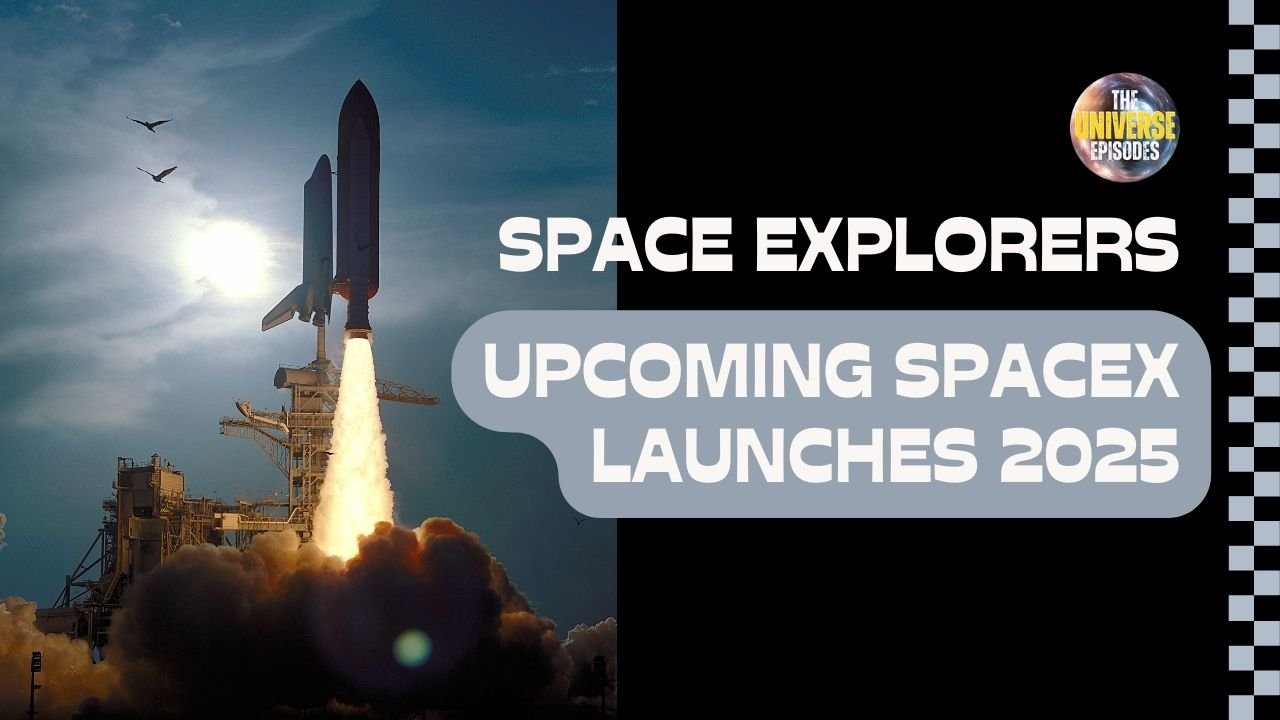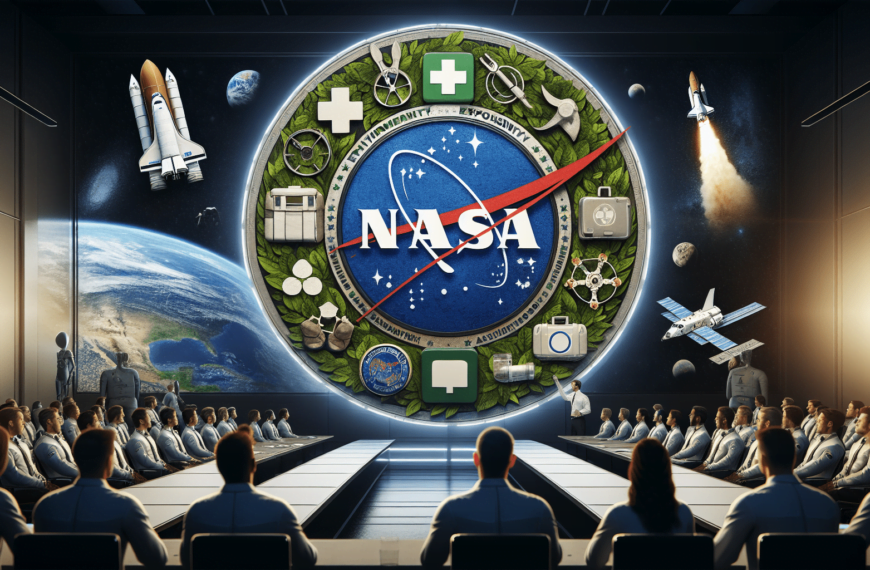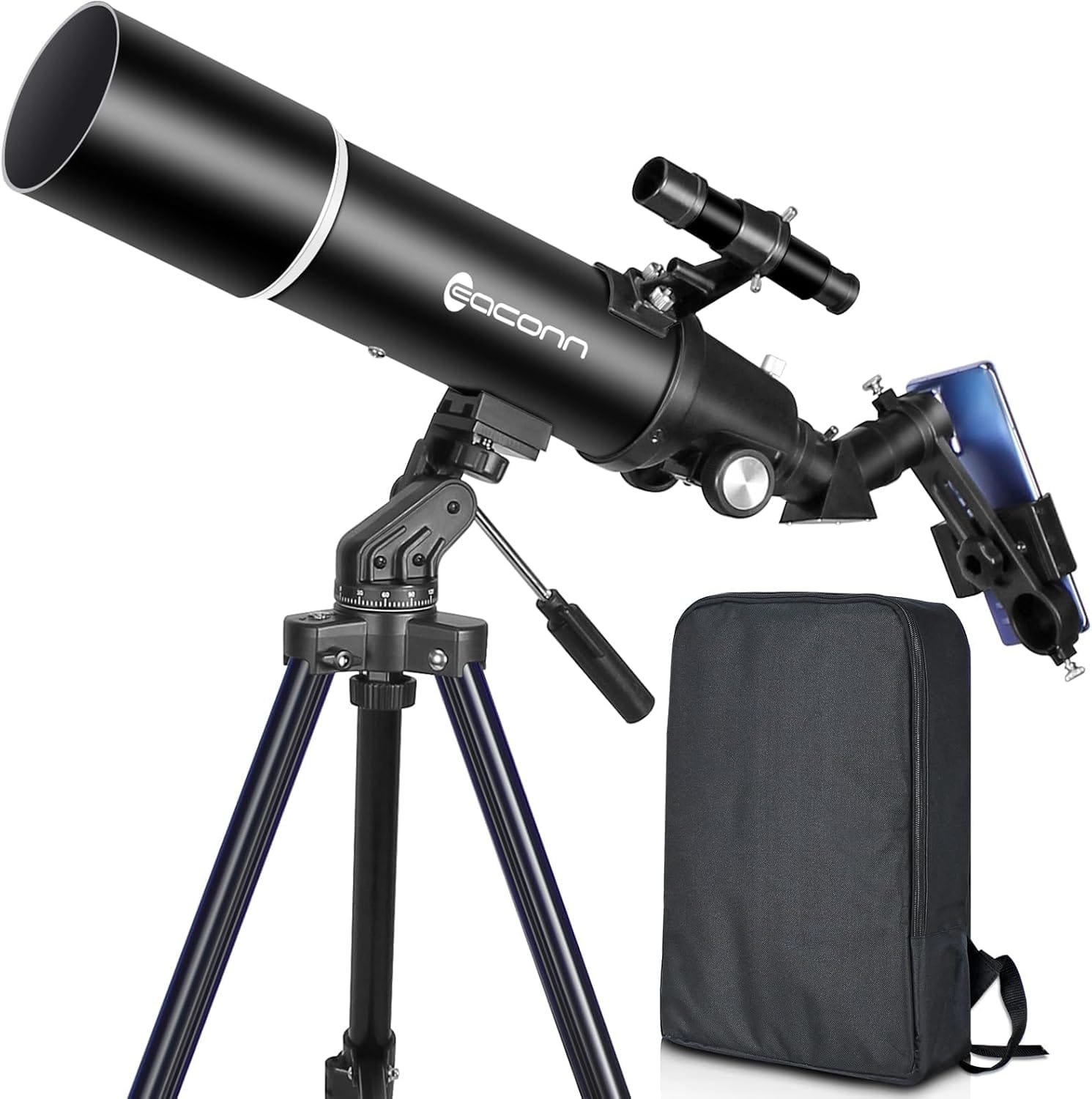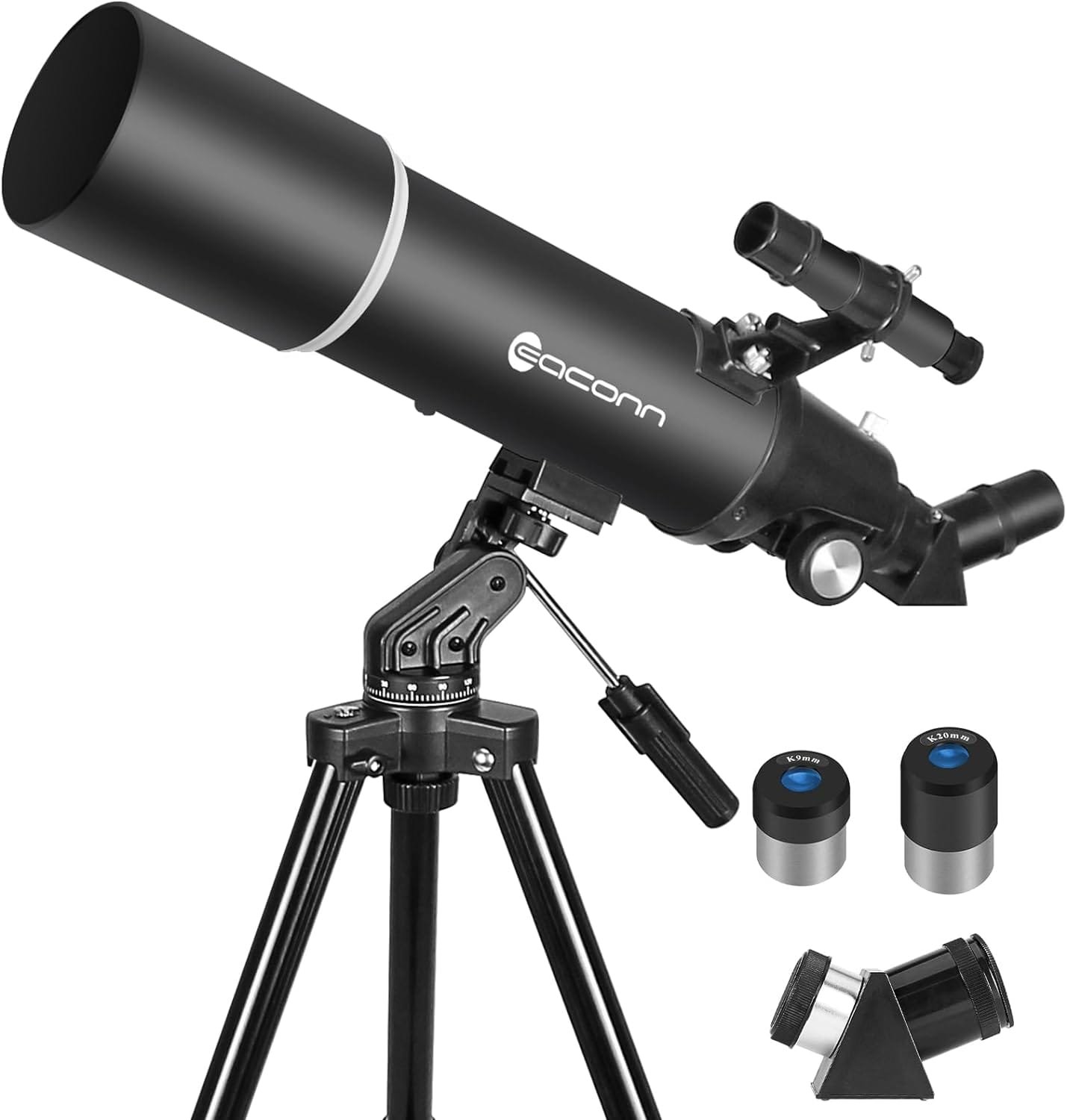Explore breakthroughs in lunar exploration! Firefly Aerospace’s Blue Ghost has landed on the moon, paving the way for future missions.
Key Takeaways
- Private companies are taking significant steps in lunar exploration.
- Firefly Aerospace’s Blue Ghost lander has successfully landed on the moon.
- ispace’s lander is expected to touch down in early May.
- These developments could reshape our understanding and exploration of the moon.
The moon has always captivated human imagination. As we look toward the future, it’s clear that lunar exploration is entering a new phase. While NASA’s plans may seem uncertain, private companies are stepping in to push boundaries. This blog post will explore the recent advancements in moon missions and what they mean for the future of space exploration.
The Moon | A New Frontier
The moon has been a subject of fascination for centuries. It is our closest celestial neighbor and has been the target of numerous missions since the Apollo program. The potential for scientific discovery, resource utilization, and even tourism makes it an appealing goal for modern space endeavors.
Why Explore the Moon?
Exploring the moon offers several benefits:
- Scientific Research: The moon holds clues about the early solar system.
- Resource Utilization: It may be rich in resources like helium-3, which could be used for future energy needs.
- Preparation for Mars: Missions to the moon can serve as a testing ground for technologies needed for Mars exploration.
With these goals in mind, both governmental and private organizations are committing resources to lunar projects.
Recent Advances in Lunar Missions

Firefly Aerospace’s Blue Ghost Lander
On Sunday, Firefly Aerospace made headlines when their Blue Ghost lander successfully touched down on the moon at approximately 3:30 a.m. Eastern time. This achievement marks a significant milestone in uncrewed lunar exploration.
What is Blue Ghost?
Blue Ghost is designed to deliver payloads to the lunar surface. It can carry scientific instruments, technology demonstrations, and even support future crewed missions. The success of this mission demonstrates that private companies can contribute effectively to lunar exploration.
Key Features of Blue Ghost
- Payload Capacity: Can carry multiple payloads to the moon.
- Autonomous Navigation: Equipped with advanced technology for autonomous landing.
- Scientific Objectives: Designed to conduct experiments and gather data.
Upcoming Landing by ispace
Another important player in lunar exploration is ispace, a Japanese company that launched its lander on the same Falcon 9 rocket as Blue Ghost. This lander is expected to make its touchdown in early May.
What Can We Expect from ispace?
ispace aims to focus on commercial lunar services. Their lander will demonstrate the ability to deliver payloads efficiently and safely to the moon’s surface. This mission will showcase their commitment to supporting various scientific and commercial objectives.
The Role of Private Companies in Lunar Exploration
The involvement of private companies in lunar exploration is changing the landscape of space travel. Organizations like Firefly Aerospace and ispace are paving the way for a new era of exploration.
Benefits of Private Sector Participation
- Innovation: Private companies often drive innovation through competition.
- Cost Efficiency: They can provide services at lower costs compared to government programs.
- Rapid Development: The private sector can adapt quickly to changes and new information.
Collaborative Efforts
These private companies are not working in isolation. They often collaborate with government agencies like NASA, sharing knowledge and resources. This partnership fosters a more robust approach to lunar exploration.
The Future of Lunar Exploration
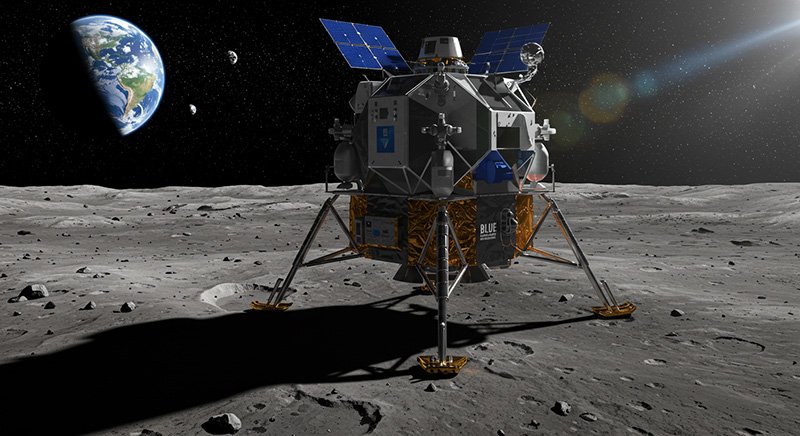
As we look ahead, the potential for lunar exploration continues to grow. With successful landings by private companies, we may see increased interest from other organizations and nations.
Potential Future Missions
- Resource Mining: Companies may develop technologies for mining resources from the moon.
- Tourism: With advancements in technology, space tourism could become a reality for civilians interested in visiting the moon.
- Base Establishment: Long-term missions could lead to the establishment of lunar bases for research and habitation.
Final Thoughts
The excitement surrounding lunar exploration is palpable. With recent successes from private companies like Firefly Aerospace and ispace, we stand on the brink of a new age in space travel. These advancements not only enhance our understanding of the moon but also lay the groundwork for future missions beyond our planet.
The moon, once merely a dream for humanity, is becoming an accessible destination for exploration and discovery. As we continue to push the boundaries of what is possible, we invite you to stay tuned for more updates on this fascinating journey into space.



